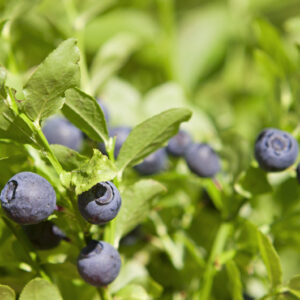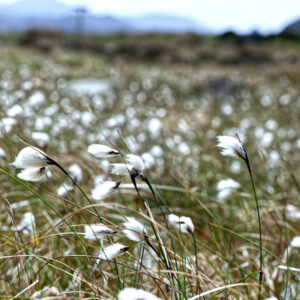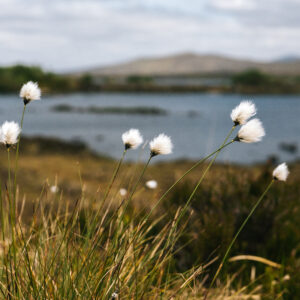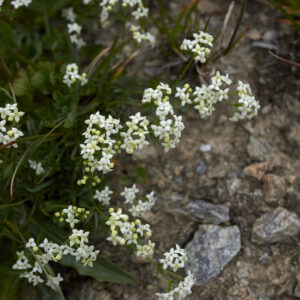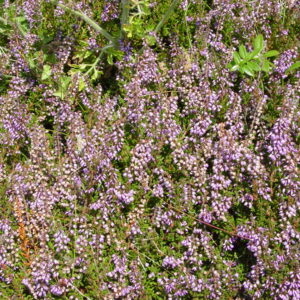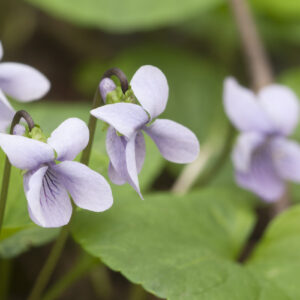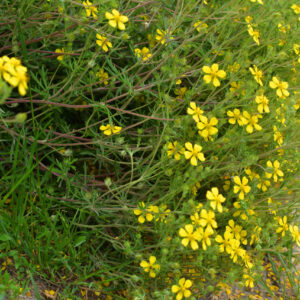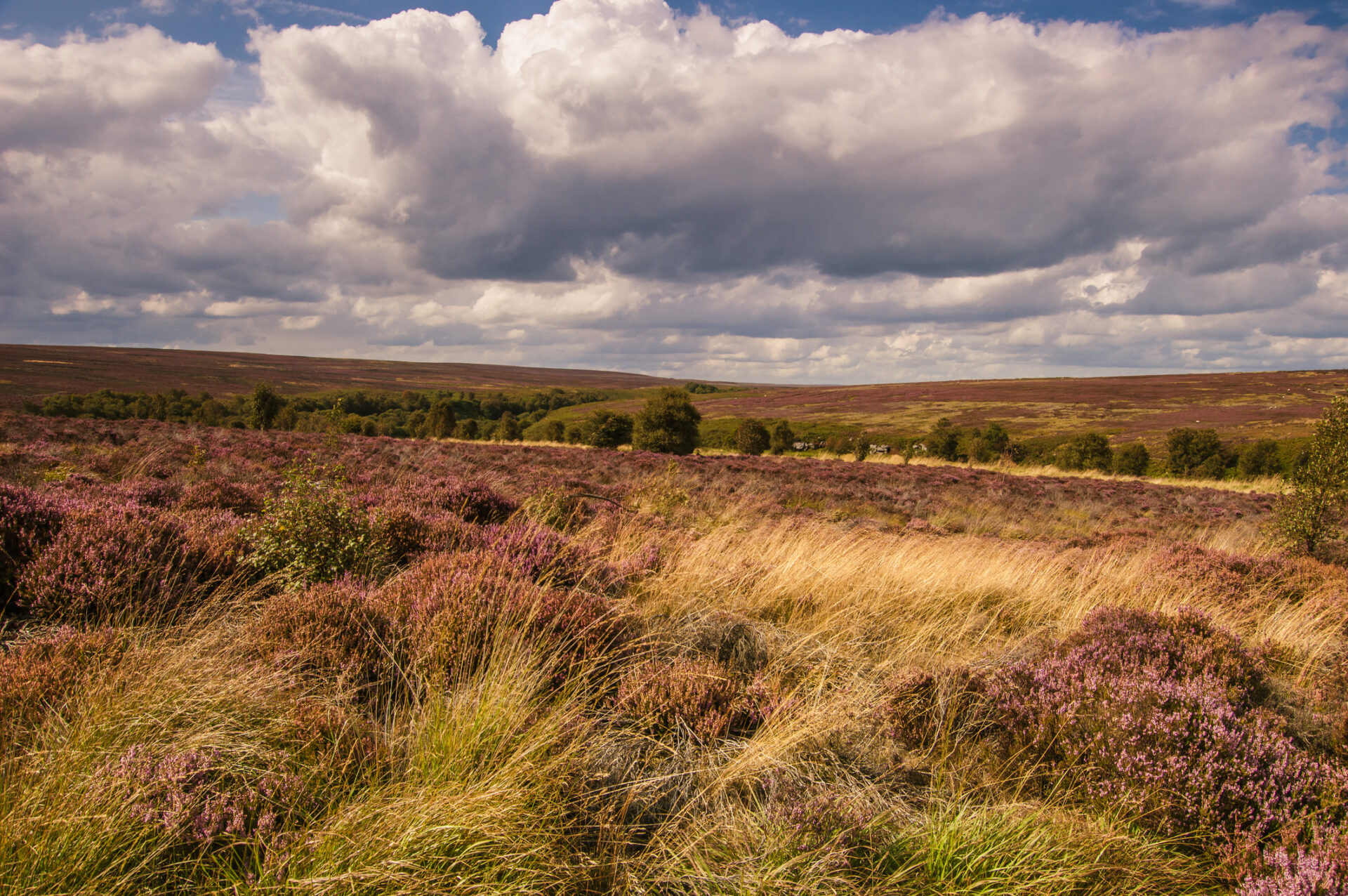


These vast and open landscapes are characterised by their lack of trees, low growing shrubs, and few specialist wildflowers. They give the impression of true wilderness, but their appearance has been shaped by humans over several thousand years. Only heaths found at high altitude (montane heath) and on coastal cliffs (maritime heath) are truly natural habitats, with challenging weather conditions inhibiting the growth of tress and large shrubs.
The names moorland and heathland are interchangeable, but moorland often describes areas of wet, peaty soils. Covering large areas of our uplands, moorland is found across the Pennines, North York Moors, Wales, and Scotland. Acid loving plants dominate the landscape, with Purple Moor-grass, Mat-grass, Heath Bedstraw, and Heathers, creating a mosaic of colour and texture during summer. In areas of high rainfall, peat bogs are formed where the soils are saturated, and the peat depth is variable. Sphagnum moss and Cotton Grass species vegetate these lands; they are also some of our best habitats for capturing and storing carbon.
Many of our lowland heaths are found in Southern England and East Anglia. The dry, sandy acidic soils of these lowlands are populated by plants such as Bilberry, Gorse, Heather, and Tormentil. The warm soils provide fantastic habitat for reptiles basking in the sun, whilst shrubs provide cover for ground nesting birds.


